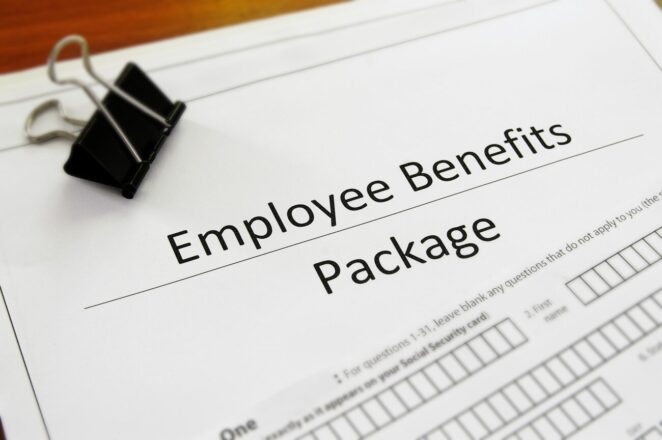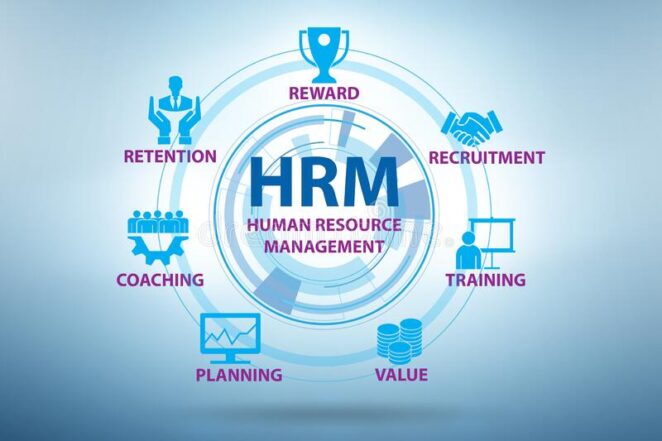Managing payroll and employee benefits is a critical responsibility for human resources (HR) professionals. With complex regulations and an abundance of options, it can be daunting to ensure timely, accurate payroll and quality benefits that attract and retain talent. Leveraging technology, staying updated on laws and trends, and partnering with experts means HR teams can thrive in this vital area.

Simplifying Payroll Processing
Payroll seems straightforward – employees work, you pay them. But factors like garnishments, tax calculations, and compliance result in a complex web of moving parts. Missteps can lead to penalties, delayed payments, and frustrated staff.
Fortunately, automation removes much manual work. Cloud-based payroll software seamlessly integrates with timekeeping platforms and provides built-in checks and balances. This streamlines processes, ensures accuracy, and eliminates redundancy. Integrations with accounting software also save duplicate data entry.
Investing in user-friendly payroll technology gives HR professionals time for strategic initiatives rather than getting lost in spreadsheets. When evaluating solutions, prioritize features like:
- Automated tax calculations and filings.
- Tools to manage garnishments, direct deposit, and reporting.
- Mobile accessibility.
- Real-time data and analytics.
The experts at VertiSource HR say that you can also alleviate payroll workload by contracting external PEO services. They manage payroll processing, compliance, filings and more so that your team focuses on high-value tasks.
Staying Current on Payroll Laws and Regulations

Payroll compliance is convoluted, with overlapping federal, state, and local laws. Tracking updates takes immense time which could divert HR resources.
Partner with either a payroll provider or PEO who keeps current on relevant regulations. Reputable vendors guarantee compliance and remove the risks of errors resulting in fines. Vet potential partners thoroughly regarding their protocols and expertise.
You should also subscribe to newsletters from governmental agencies like the IRS and Department of Labor. Skim headlines for need-to-know changes that could affect your payroll and compliance obligations. While vendors handle processing, understanding laws that influence your workplace is still important.
Choosing the Right Benefits for Your Workforce

Competitive compensation is about more than salaries. Robust benefits attract talented job seekers and incentivize employee retention. Yet designing a benefits package on limited budgets can be tricky. Prioritizing programs that best support your workforce’s needs is key.
First, analyze employee demographics like age brackets and family statuses. This provides insights into relevant offerings. For example, student loan assistance or fertility benefits may suit a youthful workforce. Alternatively, groups nearing retirement would value 401(k) matching and financial planning resources.
Conduct anonymous surveys to uncover benefits employees value most. Find out what offerings at previous employers they appreciated or felt were lacking. This direct input shapes a package addressing actual wants and needs.
Finally, take advantage of technology like benefits administration platforms. Online dashboards allow employees to select benefits tailored to their lifestyle. Automation also minimizes HR admin time so you can focus on more strategic projects.
The Ideal Mix: DIY Systems + External Support

Very few organizations can entirely self-manage all payroll and HR functions efficiently. But handing over the reins completely to outside vendors has disadvantages too. Blending internally owned processes with selected external resources hits the sweet spot for most HR teams.
You retain control over essential functions like company values, engagement and talent development initiatives that differentiate your employer brand. Compliance obligations and administrative tasks divert energy from those impactful programs, so outsourcing those is strategic.
Conclusion
When leveraging technology, staying updated on compliance regulations, and tapping external partners means HR professionals can ensure stellar payroll and benefits that are critical to a happy, high-performing workforce. Taking proactive steps sets your organization up for success as you expand.




